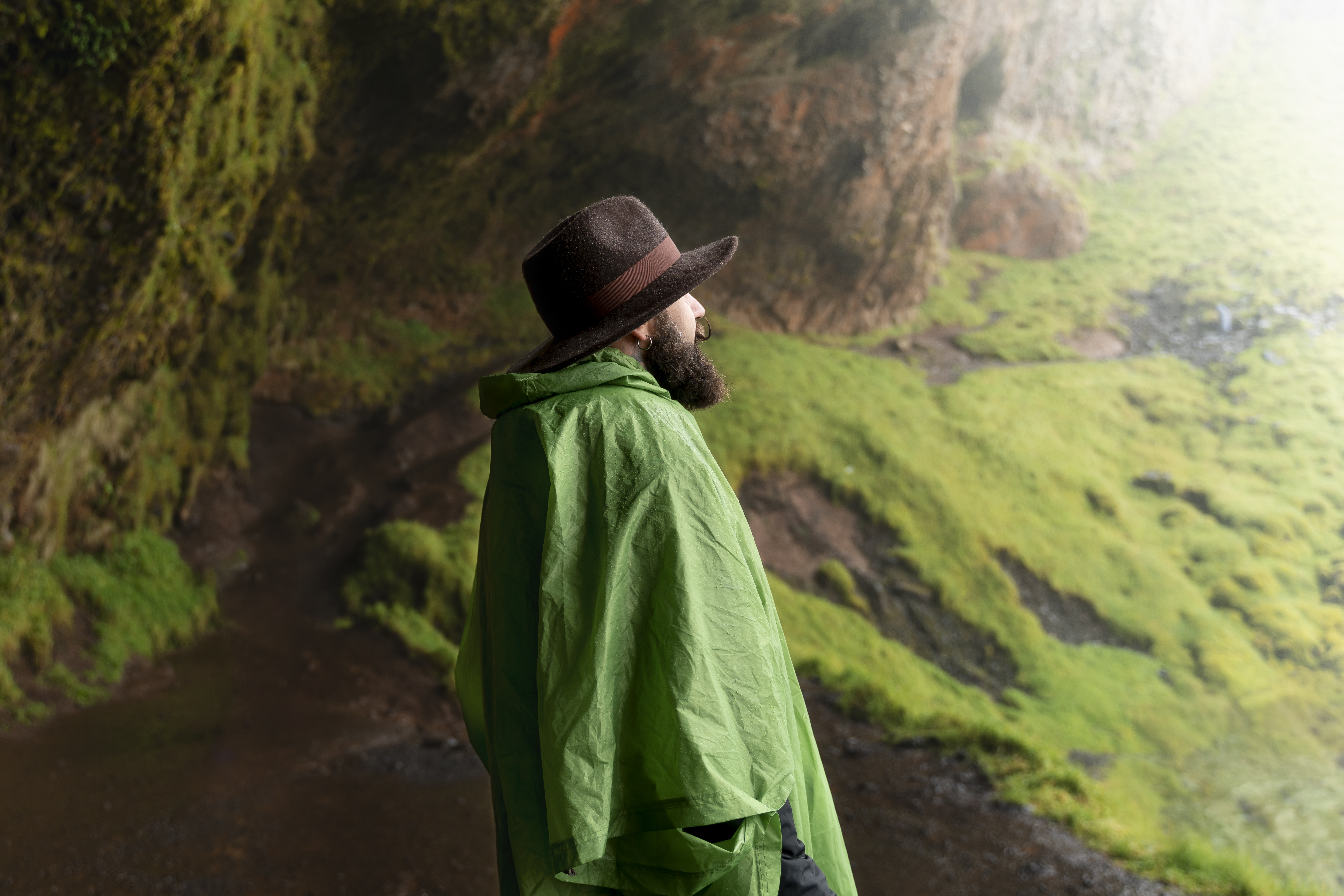FROZEN SANDS & TIMELESS BEAUTY – THE COLD DESERTS OF INDIA

India is famous for its varied topography—luscious forests, golden coastlines, and grand mountains—but nestled between these geographical wonders is an unsuspected marvel: the cold deserts. Barren, otherworldly, and silently breathtaking, India’s cold deserts are evidence of nature’s paradoxes—where snowflakes caress dunes and silence becomes a cacophony that surpasses words.
In this article, we travel through India’s two major cold desert destinations—Ladakh in Jammu & Kashmir and Spiti Valley in Himachal Pradesh—each providing a memorable blend of culture, adventure, and isolation.
WHAT EXACTLY IS A COLD DESERT?
A cold desert is an arid or semi-arid area that is characterized by very low temperatures, especially during winter, and low precipitation (less than 25 cm per year). In contrast to hot deserts, these areas are usually surrounded by high mountain ranges, which render them cold, dry, and remote. The thin atmosphere and rigorous conditions may test the body, but the beautiful sceneries and richness of culture will sufficiently compensate the soul.
1. LADAKH
India’s most celebrated cold desert, Ladakh, is nestled between the Zanskar Range and the Greater Himalayas. It is a place that resists easy categorization.
Highlights:
- Leh: The entrance town to Ladakh, with monasteries, local markets, and Tibetan-style hospitality.
- Nubra Valley: A cold desert within a cold desert, with white sand dunes, double-humped Bactrian camels, and the meeting point of greenery and desolation.
- Pangong Lake: Chameleon-like with the changing sun, this glacial lake reaches deep into China and provides mirror-like reflections of the craggy mountains.
- Khardung La Pass: One of the highest motorable roads in the world, linking Leh and the Nubra Valley.
Local Culture:
Ladakhis are Buddhists for the most part, and their existence centers around monasteries such as Hemis, Thiksey, and Diskit. Do not miss festivals such as Losar and Hemis Festival, where masked dances and colorful rituals color an otherwise monochromatic world with religious tones.
2. SPITI VALLEY
Hidden in Himachal Pradesh, Spiti Valley is referred to as “Little Tibet” because it shares cultural and geographical resemblances with the Tibetan Plateau. “Spiti” literally translates as “The Middle Land”—situated in between Tibet and India.
Highlights:
- Key Monastery: Dramatically sitting on a hilltop, this monastery of 1,000 years is a symbol and a pilgrim’s paradise.
- Chandratal Lake: A crescent-shaped high-altitude lake that sparkles like sapphire in sunlight.
- Pin Valley National Park: Home to elusive wildlife like the snow leopard, ibex, and Tibetan wolves.
- Langza & Hikkim: High-altitude villages where you can spot ancient fossils and visit one of the world’s highest post offices.
Local Culture:
Like Ladakh, Spiti’s inhabitants follow Tibetan Buddhism, and ancient monasteries like Tabo (a UNESCO World Heritage Site contender) reflect an artistic and religious legacy that dates back over a millennium.
WHEN TO GO TO THE COLD DESERTS?
The best time to go to these cold deserts is from May to October. The winter months (November to April) are excessively cold with heavy snowfall, which closes many passes and roads. Yet, for adventure lovers and snow enthusiasts, winter treks in Ladakh (particularly after the Atal Tunnel construction) are gaining popularity.
TRAVEL TIPS FOR EXPLORING COLD DESERTS
- Acclimatize well in advance prior to embarking on high-altitude expeditions.
- Pack warm gear, sunscreen, lip balm, and sunglasses.
- Hydrate with a lot of water to prevent altitude sickness.
- Avoid causing harm to local traditions and generating plastic waste to help maintain the sensitive environment.
- Go for homestays in order to have real cultural immersion and help local livelihoods.
WHY VISIT INDIA’S COLD DESERTS?
India’s cold deserts are not just visual treats. They are living museums of ancient civilizations, geological time machines, and peaceful sanctuaries for the soul. Be it camel riding under a starry sky in Nubra or meditating in a 10th-century monastery in Spiti, each moment spent here is like entering a higher plane of existence.
CONCLUSION
The icy deserts of India are not for the rushed tourist—they require time, patience, and respect. But for those who take on the roads least traveled, the frozen frontiers open like poetry in slow motion, leaving memories that resound long after the journey is over.




